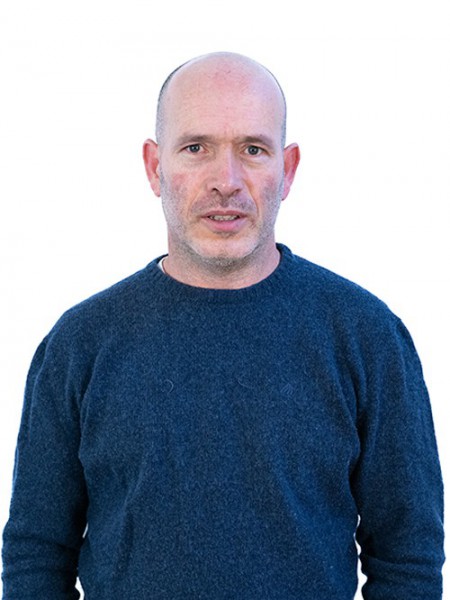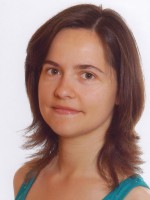abstract
The combination of the glycine-derivative supramolecular salt 4,6-bis(carboxymethylamino)-2-oxo-2,3-dihydro-1,3,5-triazin-1-ium chloride (H(2)bodt center dot HCl) and lanthanide(III) chloride hydrates under hydrothermal conditions (120 degrees C, 48 h) led to the formation of a family of isotypical materials formulated as [Ln(bodt)(Hbodt)] [where Ln(3+) = La3+ (1), (La0.95Eu0.05)(3+) (2) and (La0.95Tb0.05)(3+) (3)]. The synthesis of the novel precursor H(2)bodt center dot HCl is detailed. The structures of H(2)bodt center dot HCl and its intermediate compound were unveiled by single-crystal X-ray diffraction and characterized by standard liquid-state techniques. The crystallographic details of compound 1 were unveiled in the monoclinic P2/c space group by using single-crystal X-ray diffraction, with the crystal structure of 1 comprising a one-dimensional (1)(infinity)[La(bodt)(Hbodt)] coordination polymer. All polymeric materials were fully characterized by FT-IR, electron microscopy (SEM and EDS), powder X-ray diffraction, and elemental and thermogravimetric analyses. The photoluminescent properties of 1 and of the mixed-lanthanide materials 2 and 3 were investigated at ambient and low temperatures. An excited-state intermolecular proton transfer (ESPT) process, induced by intermolecular hydrogen-bonding interactions, is proposed to account for the observed anomalous emission and excitation spectra of 1. Aiming at providing an in-depth understanding of the emission (fluorescence and phosphorescence) properties of the ligand, time-dependent density functional theory (TD-DFT) calculations were also performed.
keywords
METAL-ORGANIC FRAMEWORKS; CAMBRIDGE STRUCTURAL DATABASE; GRAPH-SET ANALYSIS; AMINO-ACID; NANOPOROUS MATERIALS; MAGNETIC-PROPERTIES; CRYSTAL-STRUCTURES; ROOM-TEMPERATURE; PROTON-TRANSFER; EXCITED-STATES
subject category
Chemistry; Crystallography
authors
Vilela, SMF; Ananias, D; Silva, P; Nolasco, M; Carlos, LD; Bermudez, VD; Rocha, J; Tome, JPC; Paz, FAA
our authors
Groups
G1 - Porous Materials and Nanosystems
G2 - Photonic, Electronic and Magnetic Materials
G6 - Virtual Materials and Artificial Intelligence
acknowledgements
We would like to thank Fundacao para a Ciencia e a Tecnologia (FCT, Portugal), the European Union, QREN, FEDER, COMPETE, Laboratorio Associado Centro de Investigacao em Materiais Ceramicos e Compositos - CICECO (Pest C-CTM/LA0011/2013), and the research unit QOPNA (PEst-C/QUI/UI0062/2013) for their general funding scheme. We further wish to thank FCT for the R&D project EXPL/CTM-NAN/0013/2013 (FCOMP-01-0124-FEDER-041282), for granting the funding to build the Iris multi-processor cluster, and for the doctoral and post-doctoral research grants [no. SFRH/BPD/94381/2013 (to SMFV), SFRH/BD/46601/2008 (to PS) and SFRH/BPD/32103/2006 (to MN)].








